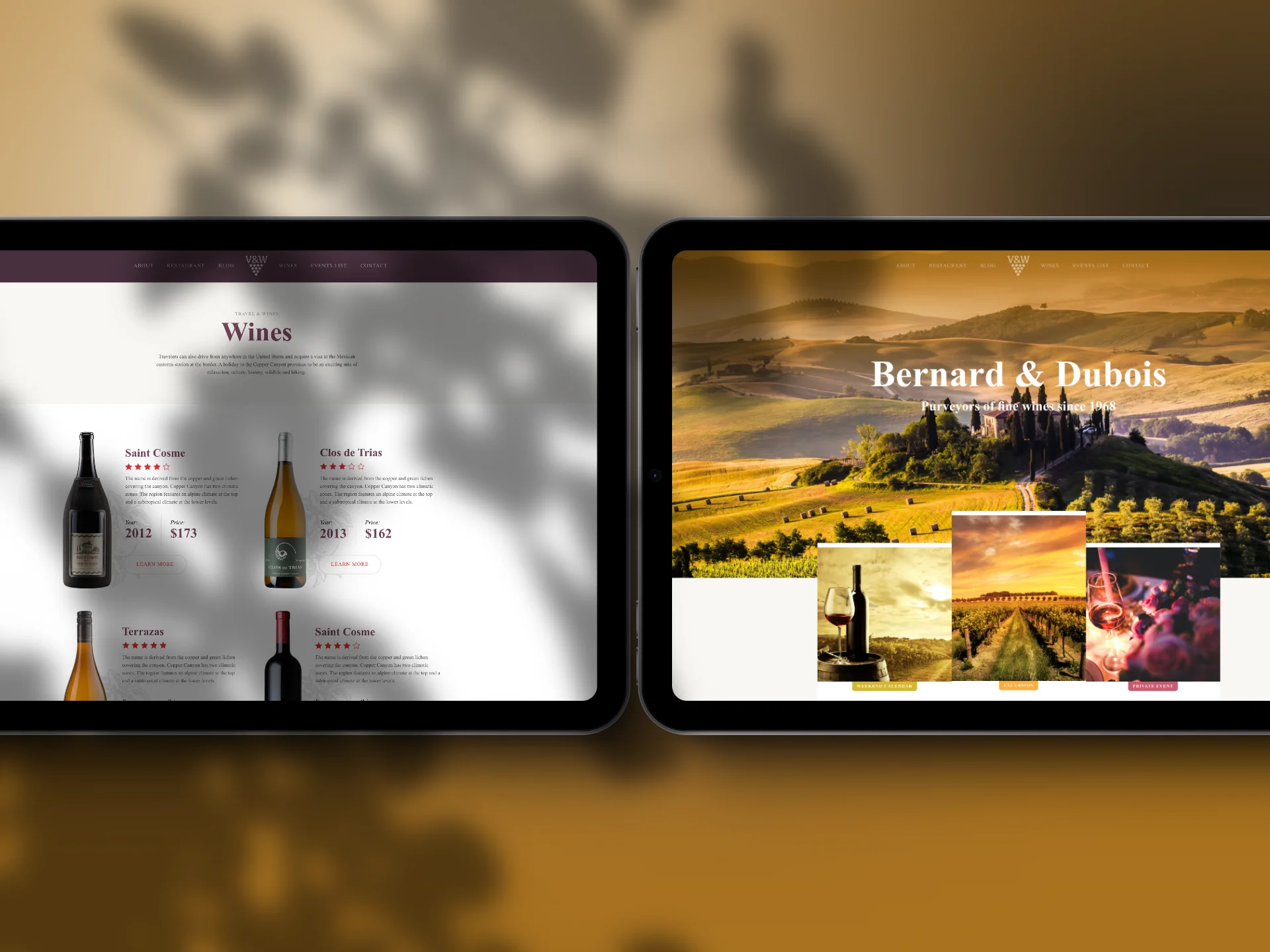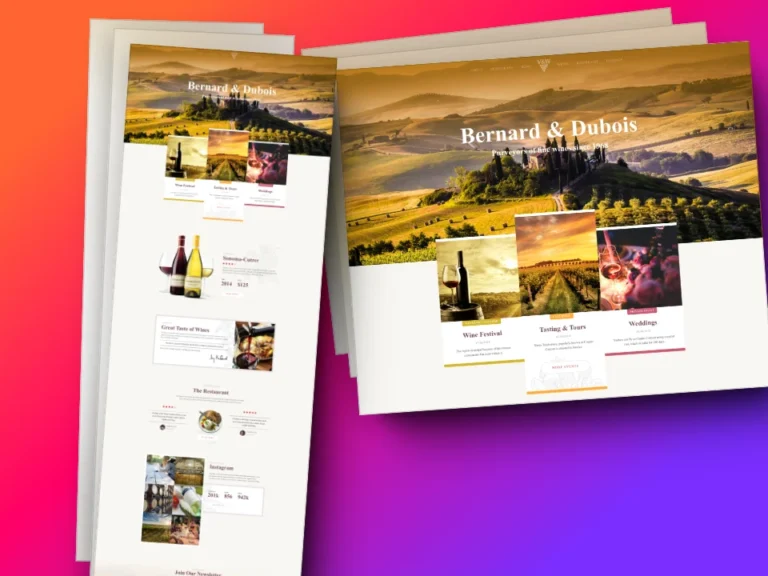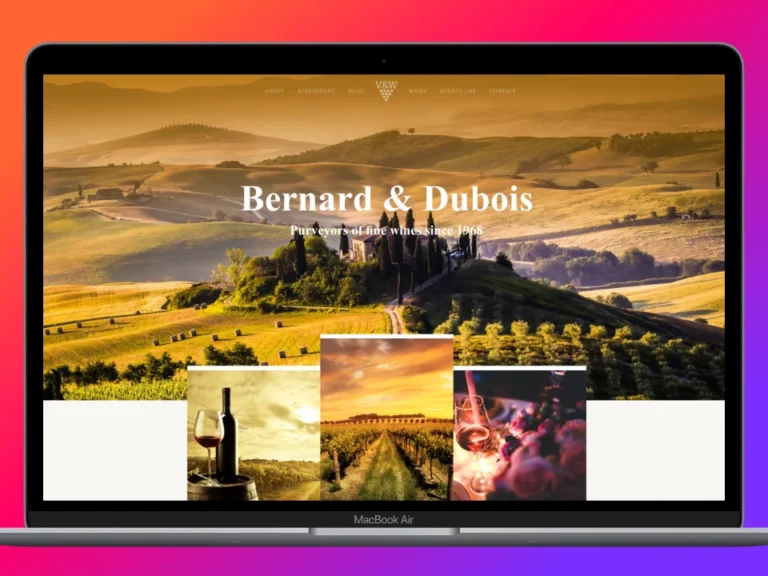A Single Page Landing (SPL) website is a type of website that is designed to be a single, self-contained page that serves as a landing page for a specific purpose, such as promoting a product, service, or idea. It is typically used to capture the attention of visitors and encourage them to take a specific action, such as signing up for a newsletter, downloading an e-book, or making a purchase.
Components of a Single Page Landing Website:
- Hero Section: A prominent section at the top of the page that typically features a large image, video, or animation, along with a headline and a call-to-action (CTA).
- Headline and Subheading: A clear and concise headline that communicates the purpose of the page, accompanied by a subheading that provides additional context.
- Benefits and Features: A section that highlights the benefits and features of the product or service being promoted.
- Call-to-Action (CTA): A prominent button or link that encourages visitors to take a specific action, such as signing up for a newsletter or making a purchase.
- Testimonials and Social Proof: A section that features testimonials, reviews, or ratings from satisfied customers to build trust and credibility.
- Form or Conversion Element: A form or other conversion element, such as a button or link, that allows visitors to take the desired action.
- Footer: A section at the bottom of the page that typically includes copyright information, legal disclaimers, and links to important pages.
Reasons to use a Single Page Landing Website:
- Focus: SPLs allow you to focus on a single message or goal, without distractions.
- Simplicity: SPLs are easy to navigate and understand, making them ideal for complex or technical products.
- Conversion: SPLs are designed to convert visitors into customers or leads, making them a powerful tool for driving sales and revenue.
- Cost-effective: SPLs are often less expensive to develop and maintain than traditional websites.
Use Cases for Single Page Landing Websites:
- Product Launches: SPLs are ideal for launching new products or services, as they allow you to focus on the key features and benefits.
- Marketing Campaigns: SPLs can be used to support marketing campaigns, such as promoting a new feature or service.
- Event Promotions: SPLs can be used to promote events, such as webinars or conferences.
- Lead Generation: SPLs can be used to generate leads for sales or marketing teams.
Types of Forms and Web Components that can be included:
- Contact Forms: Simple forms that allow visitors to submit their contact information.
- Email Opt-in Forms: Forms that allow visitors to sign up for a newsletter or email list.
- Download Forms: Forms that allow visitors to download an e-book, whitepaper, or other resource.
- Purchase Forms: Forms that allow visitors to make a purchase or pay for a service.
- Survey Forms: Forms that allow visitors to provide feedback or complete a survey.
- Button or Link: A simple button or link that allows visitors to take a specific action.
- Video or Animation: A video or animation that showcases a product or service.
- Image Gallery: A gallery of images that showcase a product or service.
- Testimonial Slider: A slider that displays testimonials or reviews from satisfied customers.
- Countdown Timer: A timer that counts down to a specific date or event.
Note: The specific components and forms used will depend on the goals and objectives of the SPL website.








